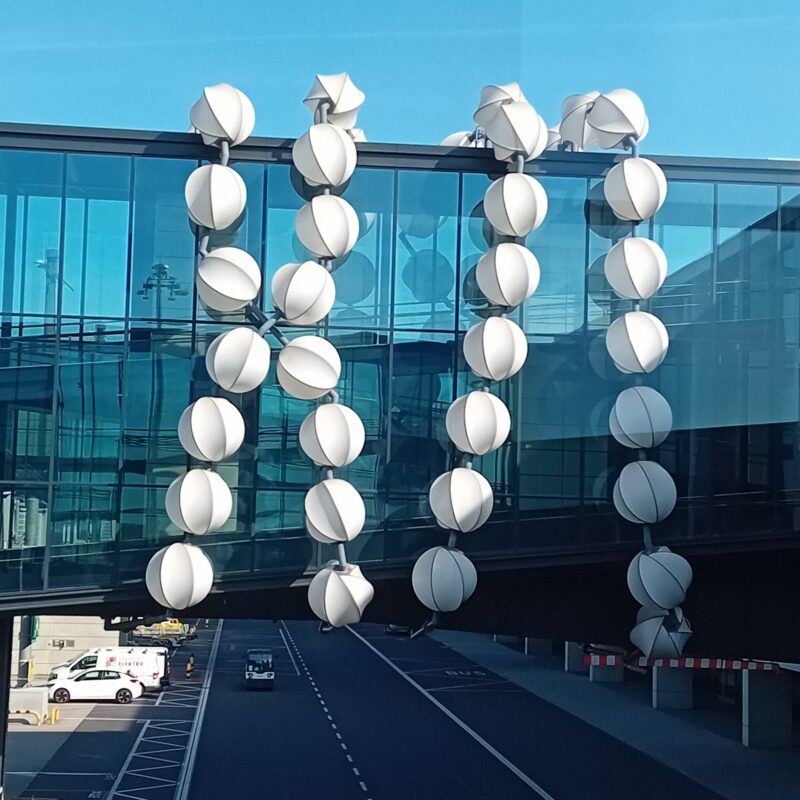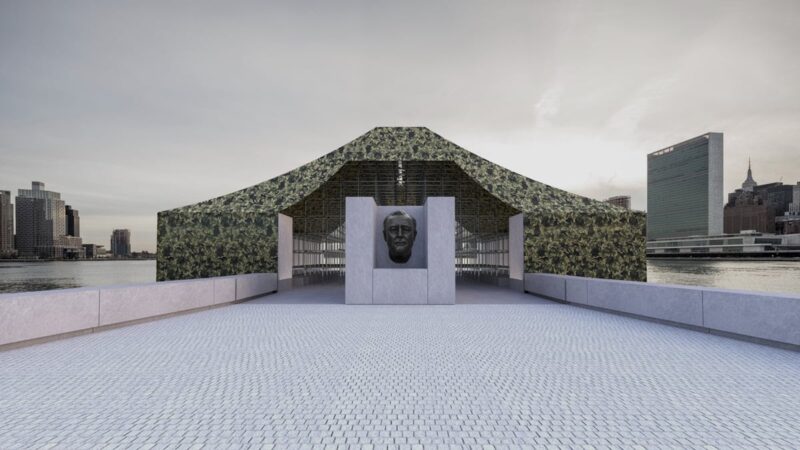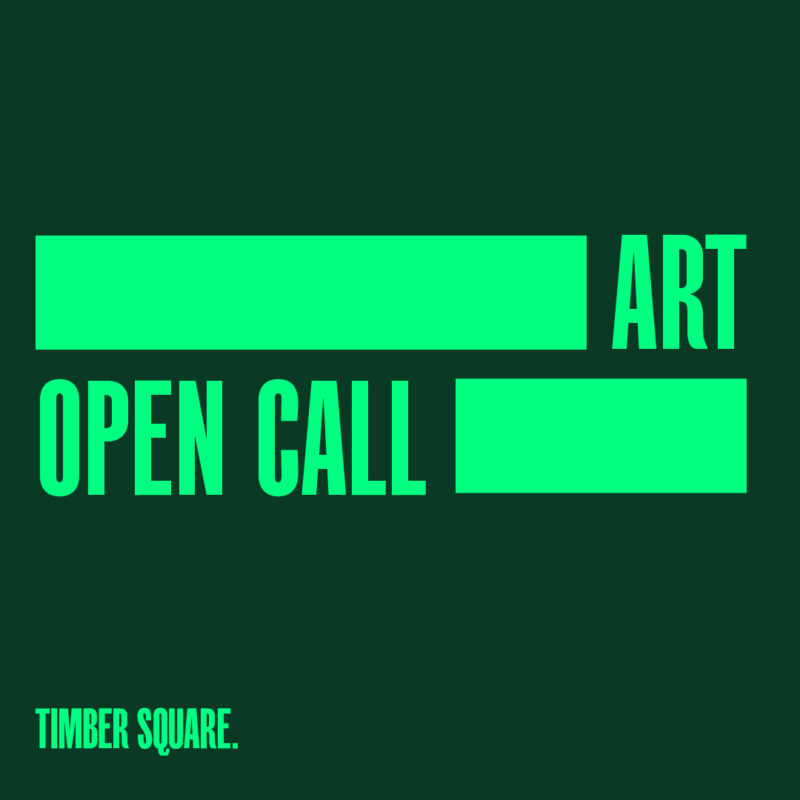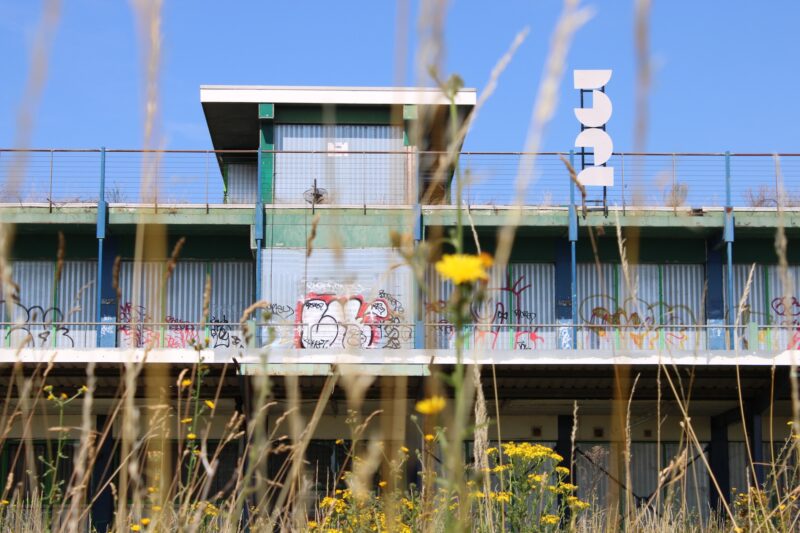Arthur Schopenhauer once said that boredom is the reverse side of fascination.
Looking at the fronts and backs of Leipzig-based artist Christian Holze’s bilateral paintings-cum-objects currently on view at Berlin’s Reiter Gallery, it is not clear which side is the boring one and which one is fascinating.
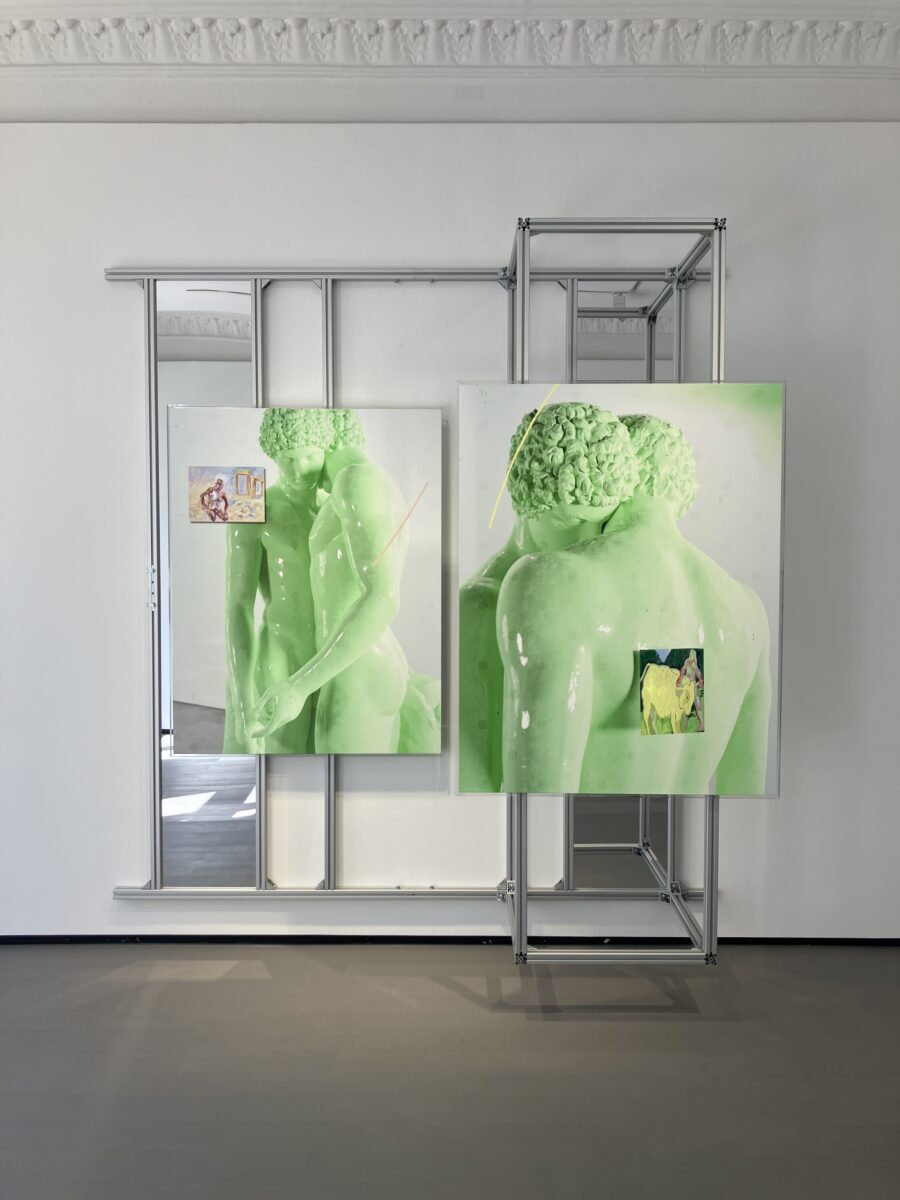
Fluently engaging in the languages of painting, sculpture, and digital technology, The Most Boring Artist I Know is a fusion of technique, colour sensibility, and genre cross-fertilisation. A combination of pictures and 3D objects spans the ground floor gallery — though flat or not, each piece in the collection retains a unique sense of object-hood, or thingness.
Mounted on a bespoke aluminium buttress, the paintings seem to float in space. The cool metallic scaffolding occupies the room like an alloy skeleton, sometimes even anchored to the floor like legs. The modularity of each set of panels gives the installation a sense of temporality, archival reverence, and an aesthetic that is distinctly urban. Acid shades of mint and aubergine are counterbalanced by pastel undertones, and formal depictions of Roman busts are so excessively glossy that they look like enormous morsels of candied fruit.
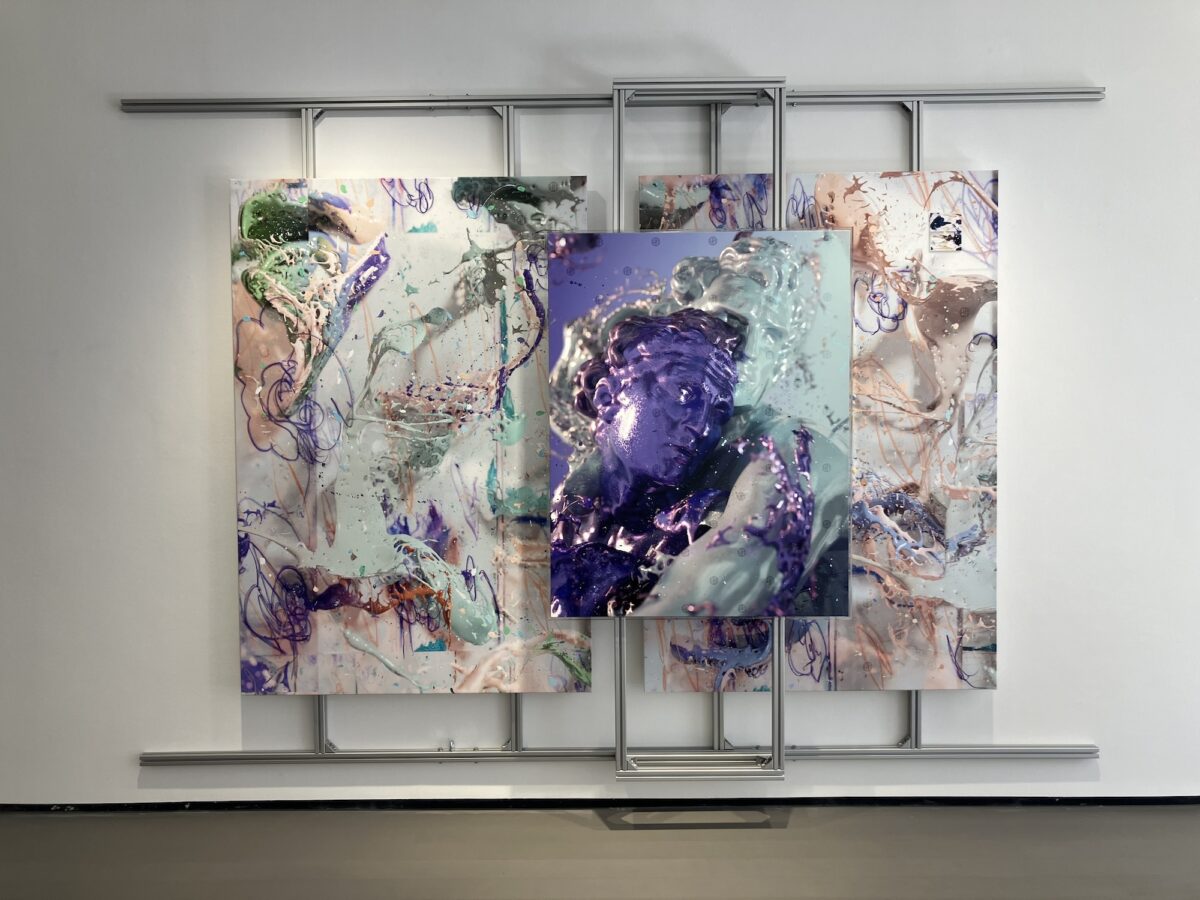
The backs of the paintings reveal images reminiscent of photographic negatives, but upon closer inspection they also contain other supplemental data. Various smaller details offer clues into the theme of each piece, and add elements of artistic classification and provenance in the form of labels, water marks, and understated epithets that may act in lieu of a signature.
Holze explains that not only do the backs inform the fronts, but they “emphasise the object character of the works,” and of the installation as a whole. This kind of extra information affords the viewer a pathway to access the greater narrative and approach the work not only as a painting or a sculpture but as a hybrid entity.
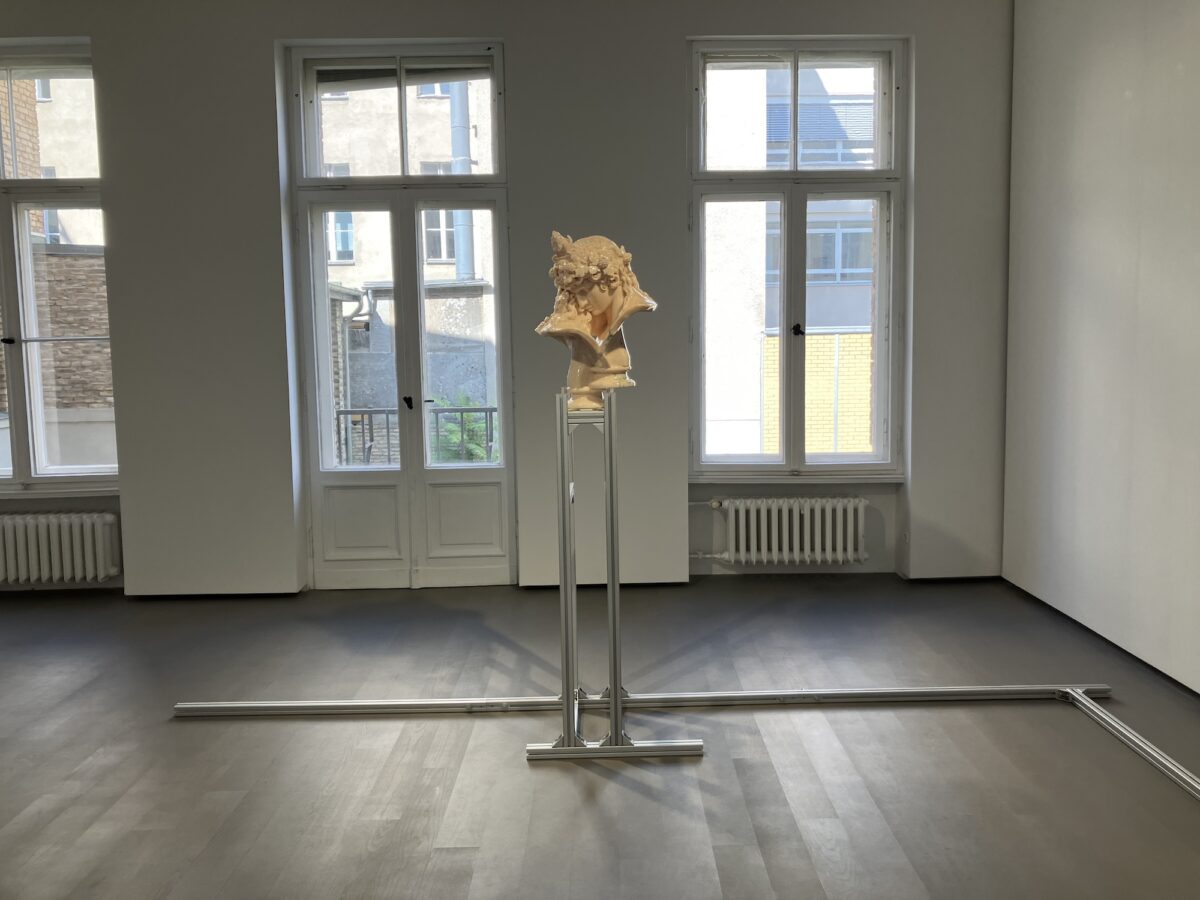
The title refers to a quote by Cy Twombly — who, after moving from New York to Rome to study the work of Raphael, described the Italian Renaissance painter and architect as “the most boring painter I know”. With each work created as an abstracted version of a seven-piece study by Twombly that was subsequently inspired by Raphael’s fresco, School of Athens, Holze’s playful adaptation pointedly situates the work within the art historical canon, but also within the barrage of imagery that characterises the aesthetics of contemporary mass media, including advertising, billboards, and the carefully curated high-pop compositions that have become familiar to the point of monotony.
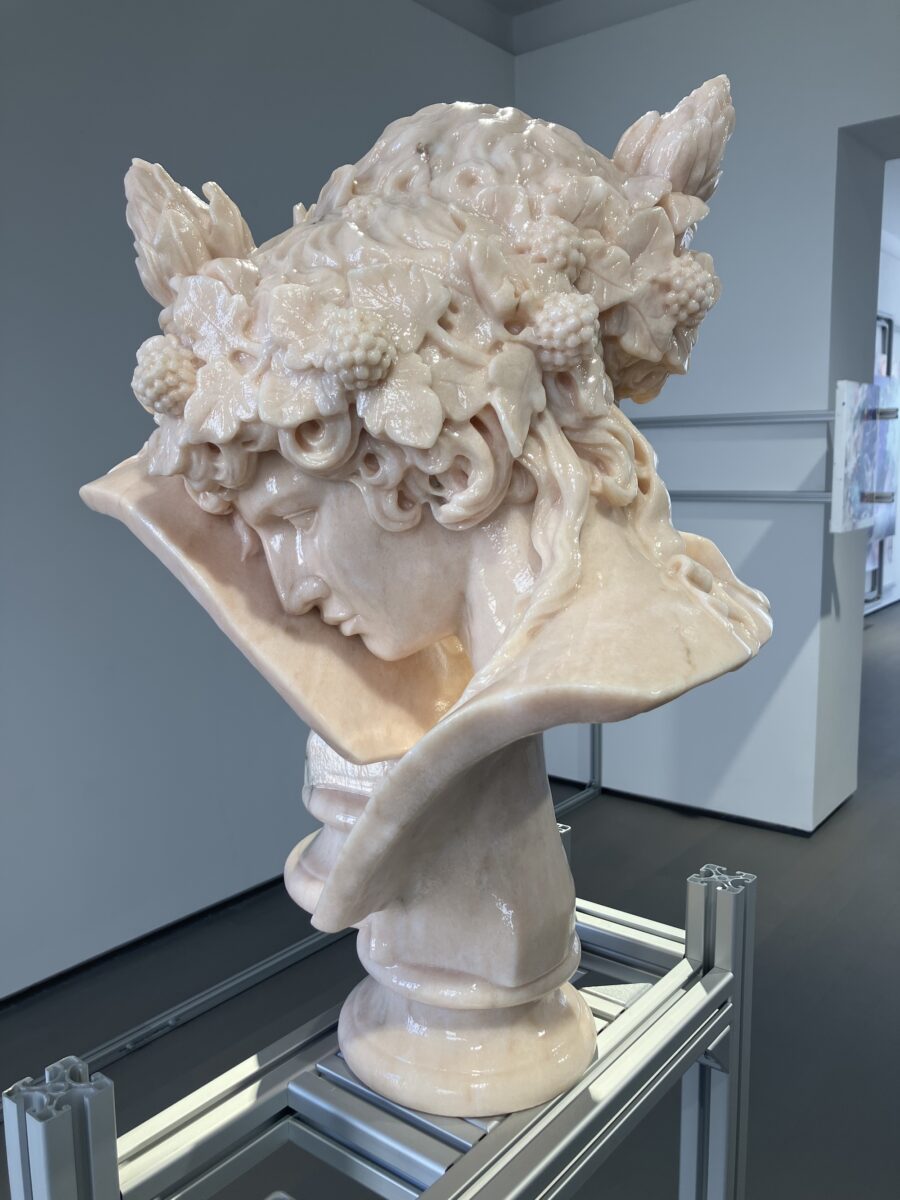
Focal to the collection is a thematic study of Antinous, whose effigy served as a consensus for the prototype of beauty in the school of sculpture according to Holze. Having been copied and reproduced to the point of redundancy, Antinous’ original story cannot help but lose its significance. Furthermore, his likeness achieves a level of mass provision that may resemble boredom.
Returning to Schopenhauser, this begs the question: is boring just the overly familiar? After all, isn’t fascination merely a preoccupation with the unknown? The one dilemma in Schopenhauer’s observation about boredom is that it excludes these nuances of duality, the play between them, and the allure of the double negative. Whether Twombly used the word “boring” as an insult to Raphael or a satirical compliment, Holze leaves room for both realities to coexist by flipping the notion on its head.
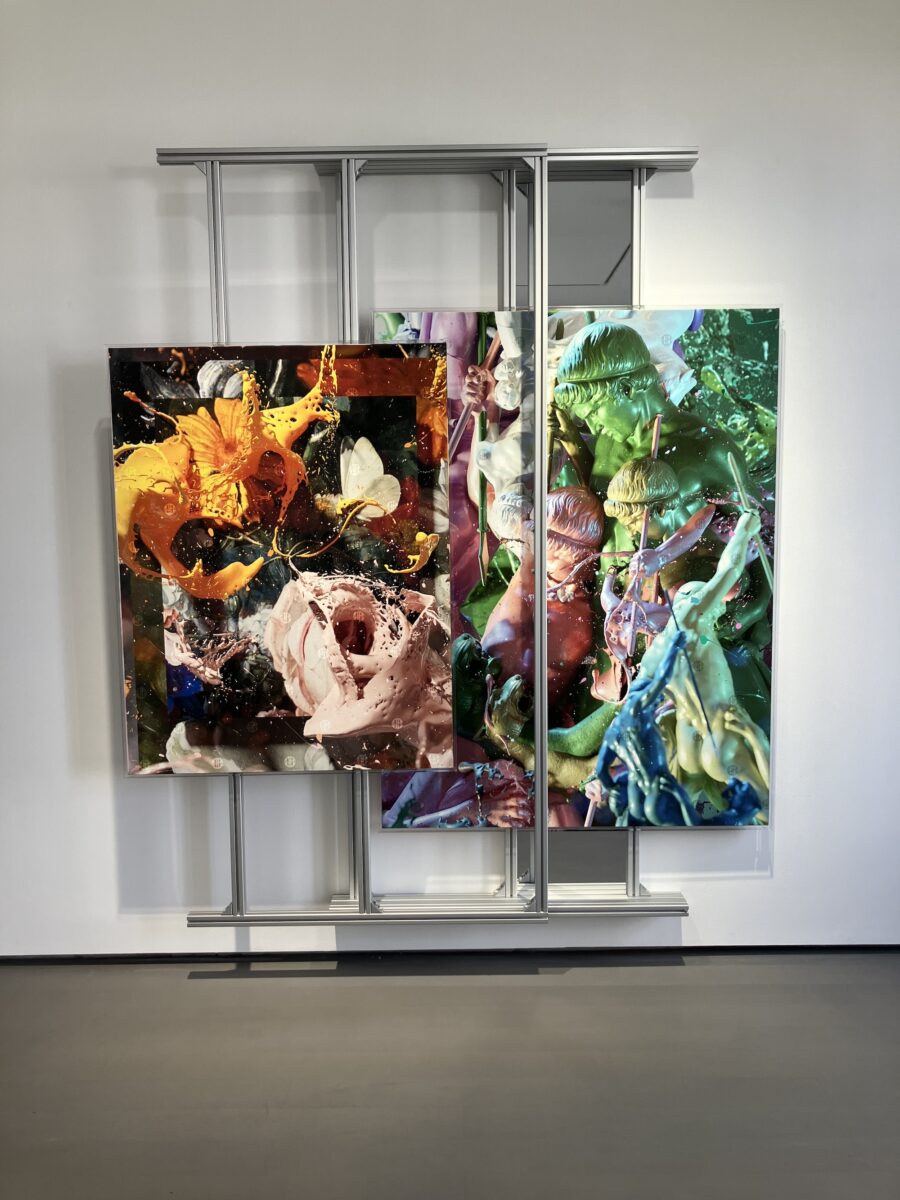
Expressing his keen interest in the concept of boredom, he points out that “boredom as a value judgement can be destructive,” and proposes that Twombly may have intended it as a gesture of appreciation. In the end, perhaps such binary declarations of boredom and fascination remain appealing centuries later because they quench the thirst for resolution of the hyper-accessibility, over-saturation, and subsequent disassociation from the world around us that so characterises our cultural zeitgeist.

Christian Holze The Most Boring Artist I Know 25th April – 3rd August 2024 REITER Gallery
